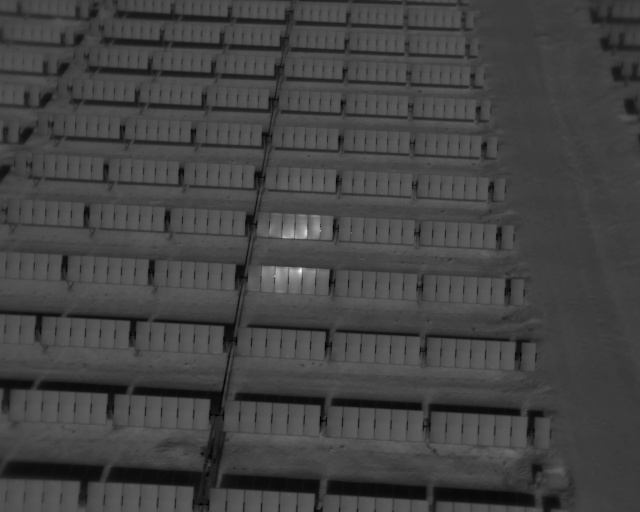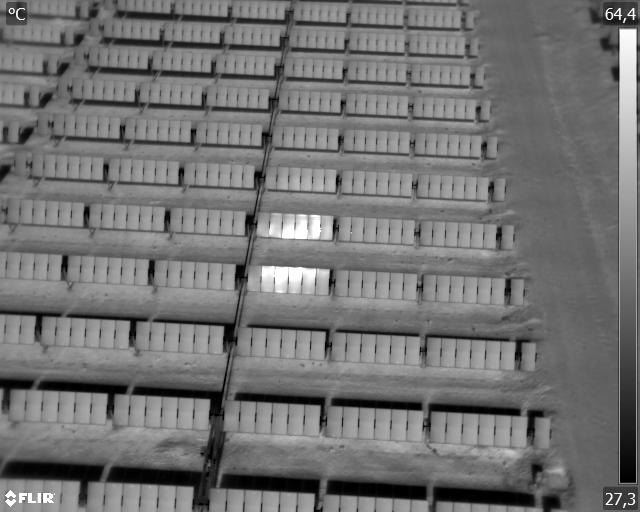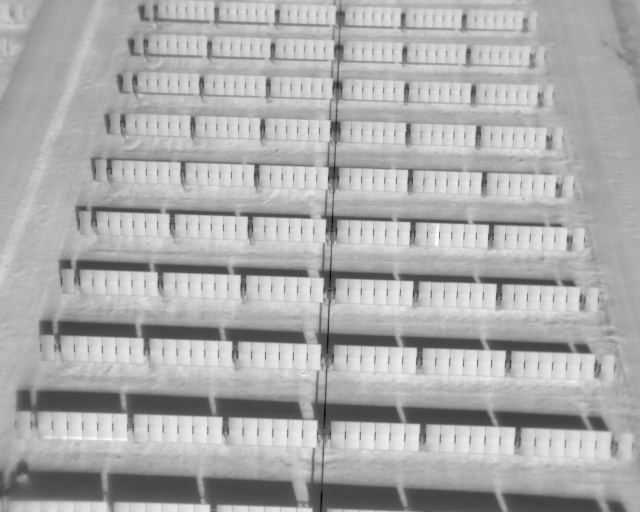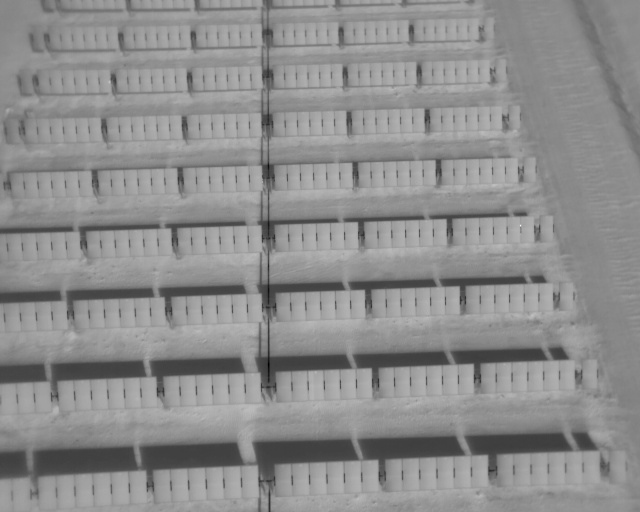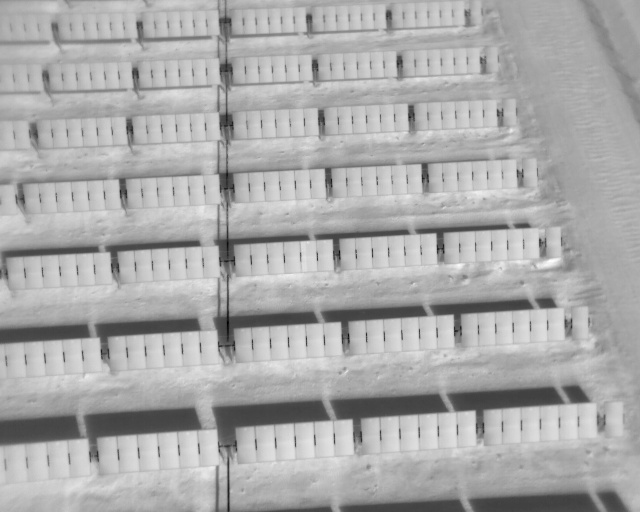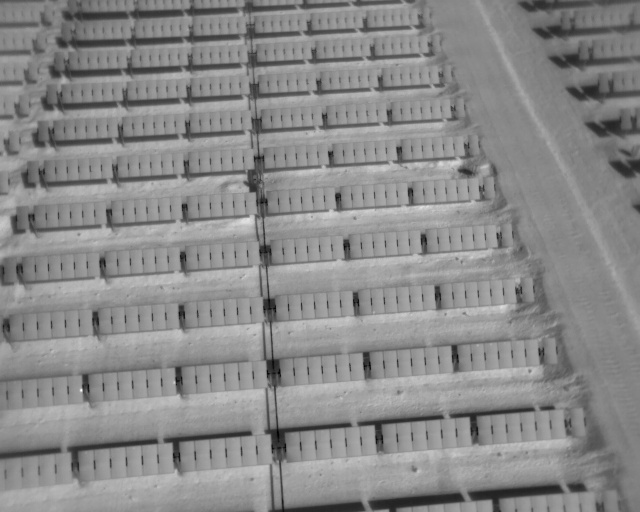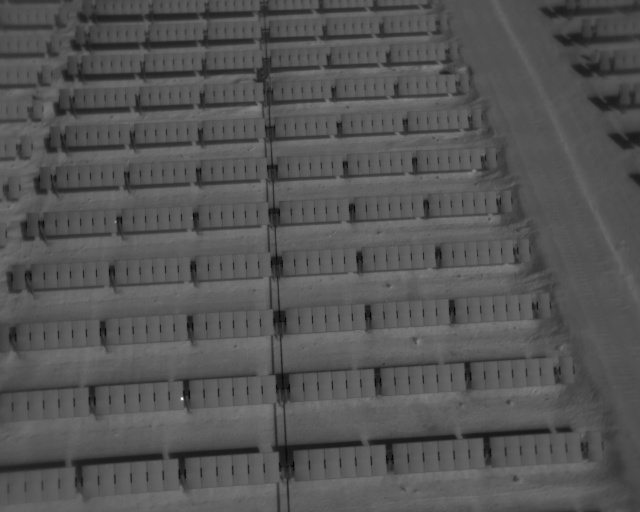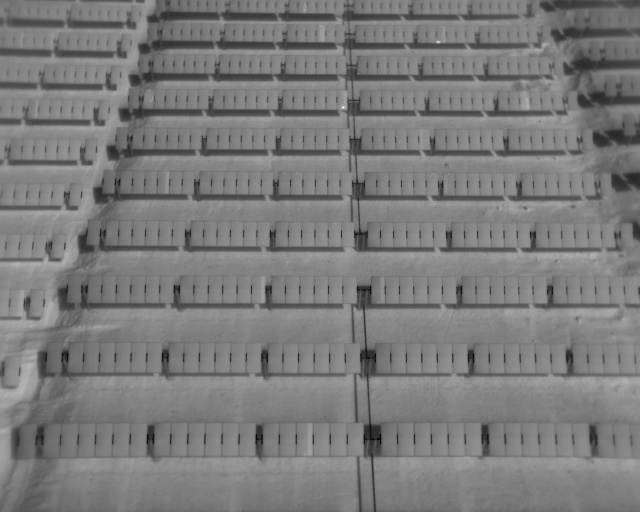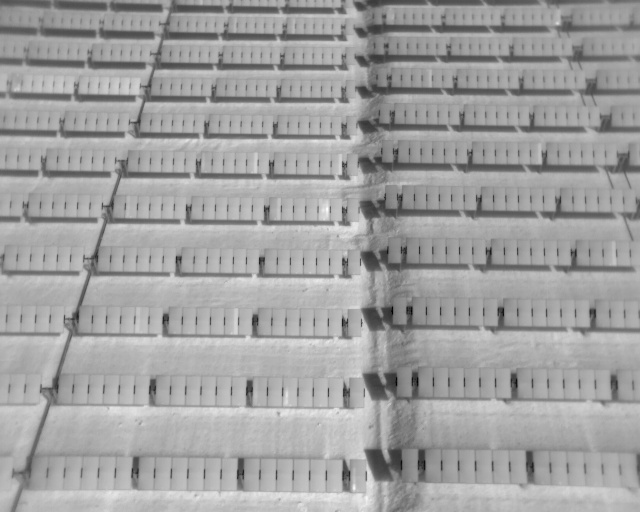Why a fault detection system is important ?
Fault detection and timely troubleshooting are essential for the optimum performance in any power generation system, including photovoltaic (PV) systems. In particular, the goal for any commercial power-producing house is maximizing power production, minimizing energy loss and maintenance cost, and the safe operation of the facility. Since PV systems are subject to various faults and failures, early detection of such faults and failures is very crucial for achieving the goal.
What type of fault we can detect
Soiling
Soiling consists of mineral dust, soot particles, aerosols, pollen, fungi and/or other contaminants that deposit on the surface of PV modules.
Diode Fault
This can be due to long periods at high current and high temperature when they are actively bypassing shaded cells.
Disconnected Panel
When solar panels are left out in the sun without a load, they can become damaged.
Cell Damage Fault
Microcracks or broken glass on solar cells.If a glass is broken, foreign elements such as water and dust can go under the glass to shade solar cells.
How we can detect this fault?
- 1Inspect the solar farm with a drone and thermal imaging camera.
- 2Upload the recorded video with the drone to the detection system.
- 3The system will analyze the video and provide you a detailed report of the faults in the solar panels.

